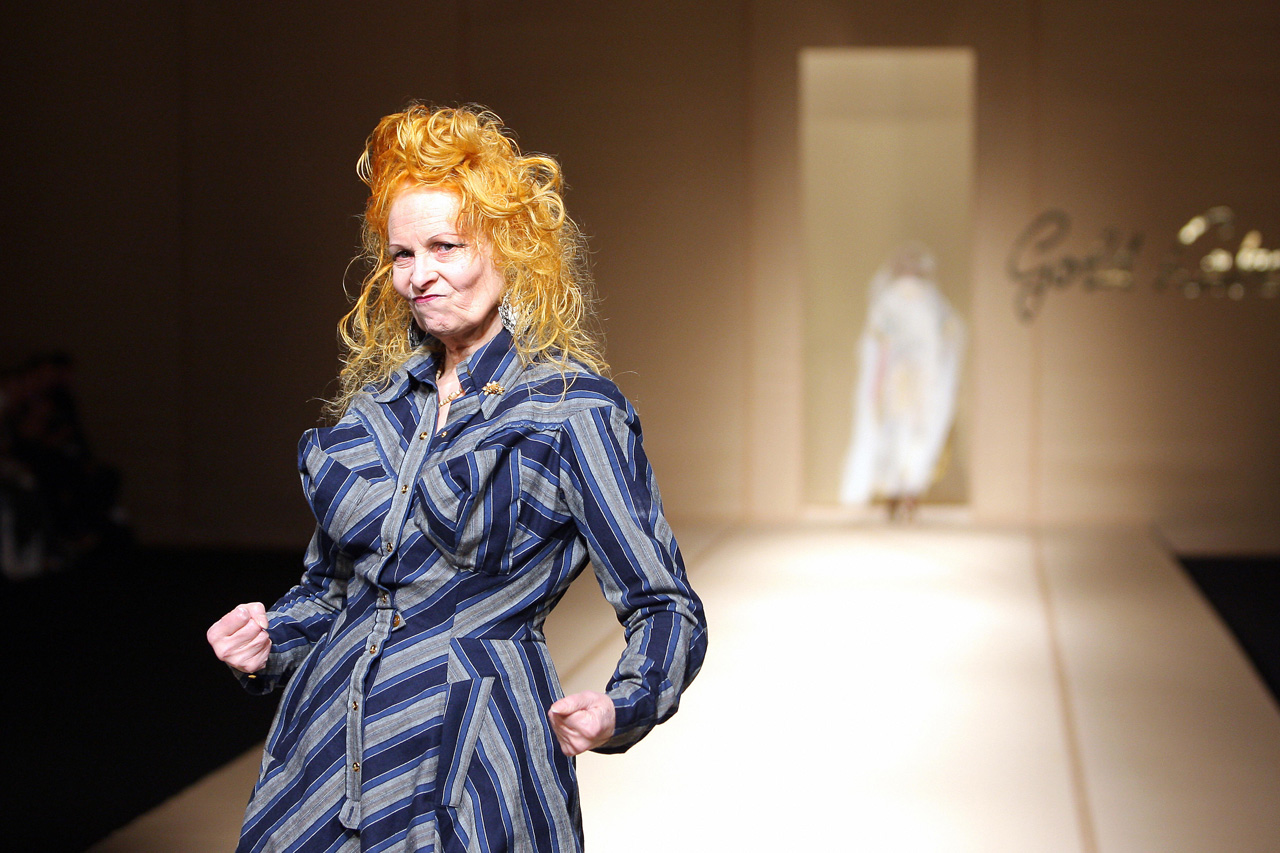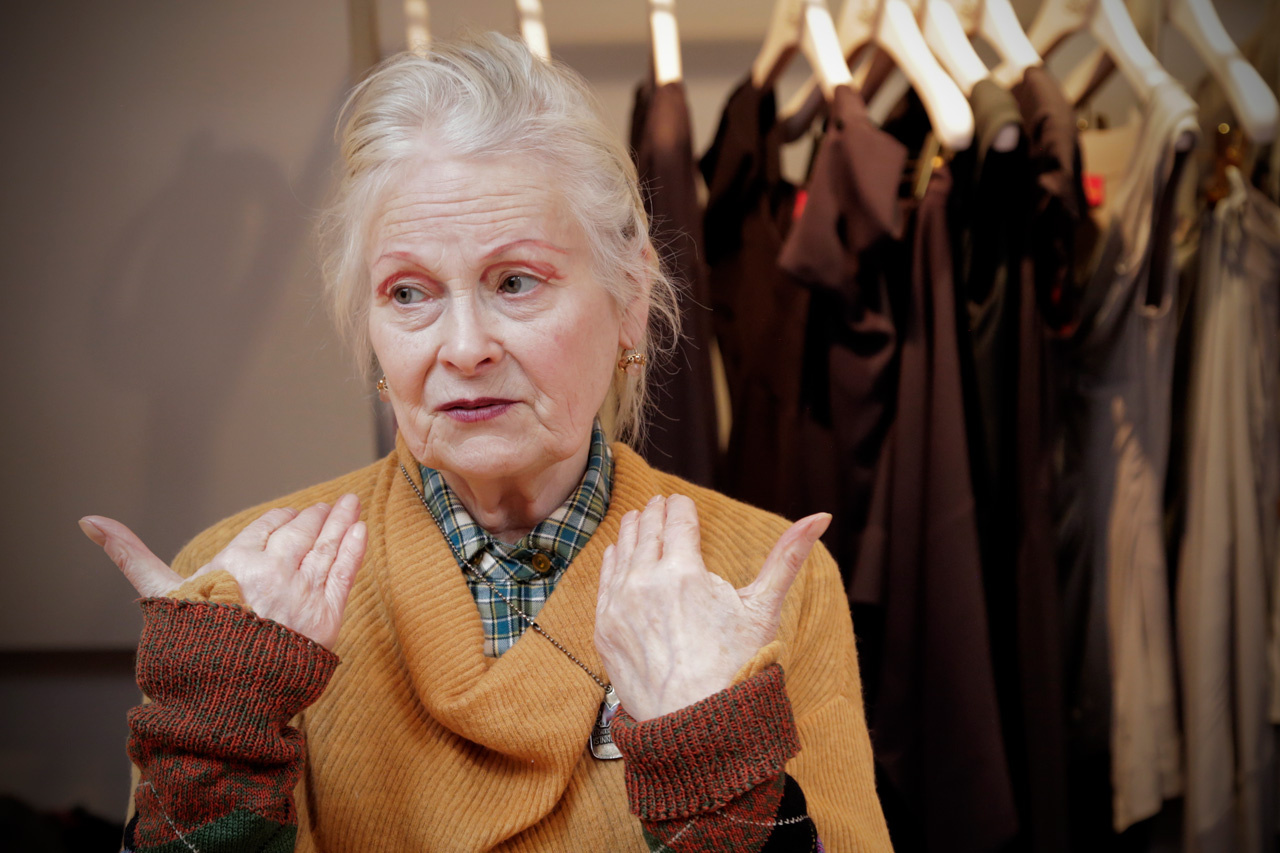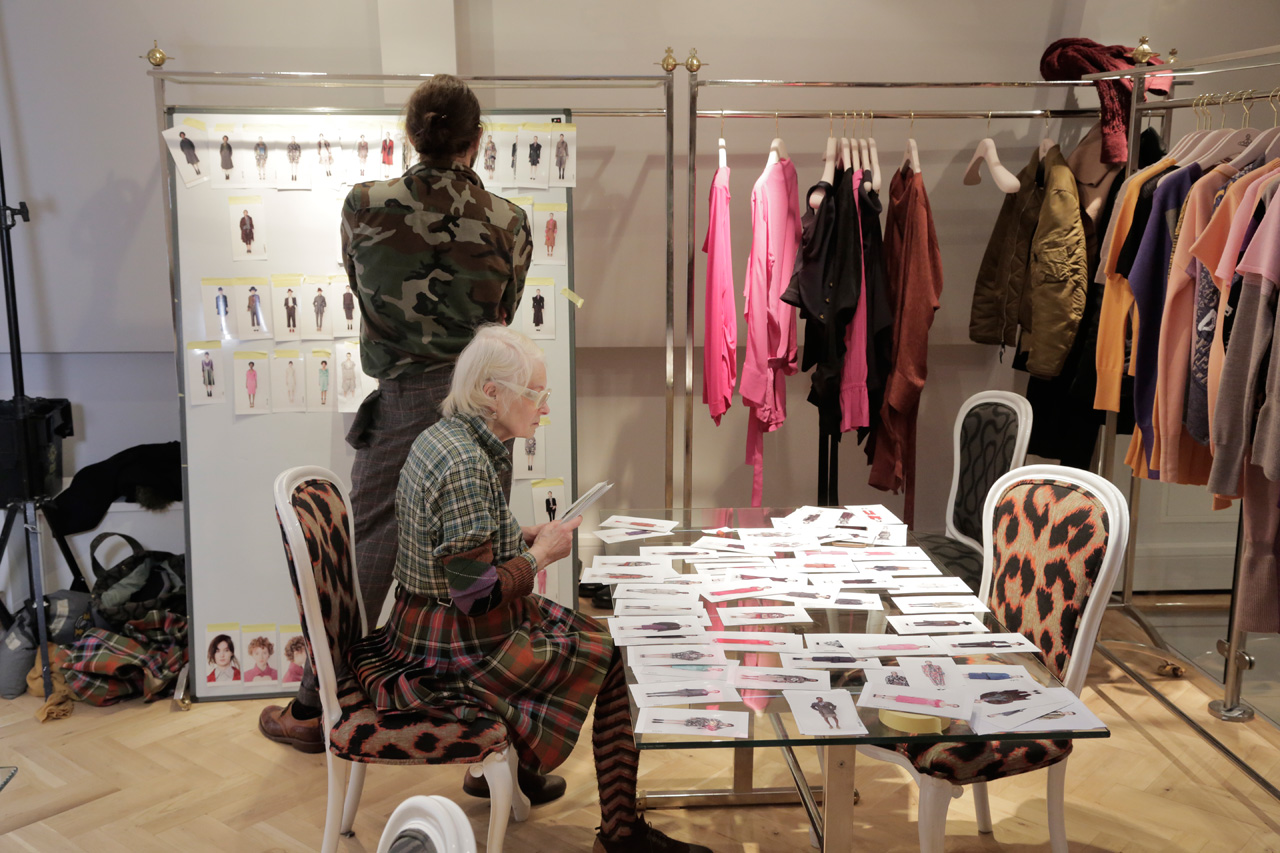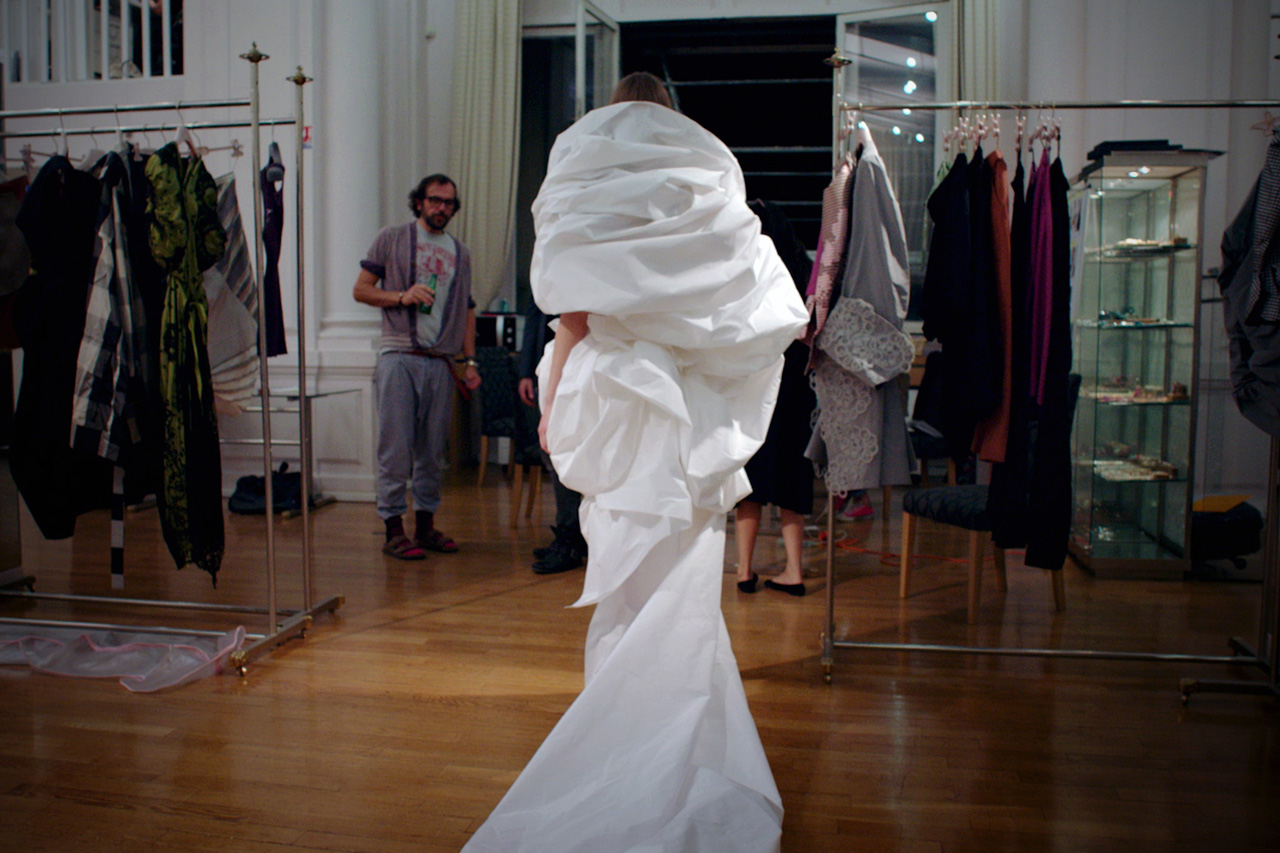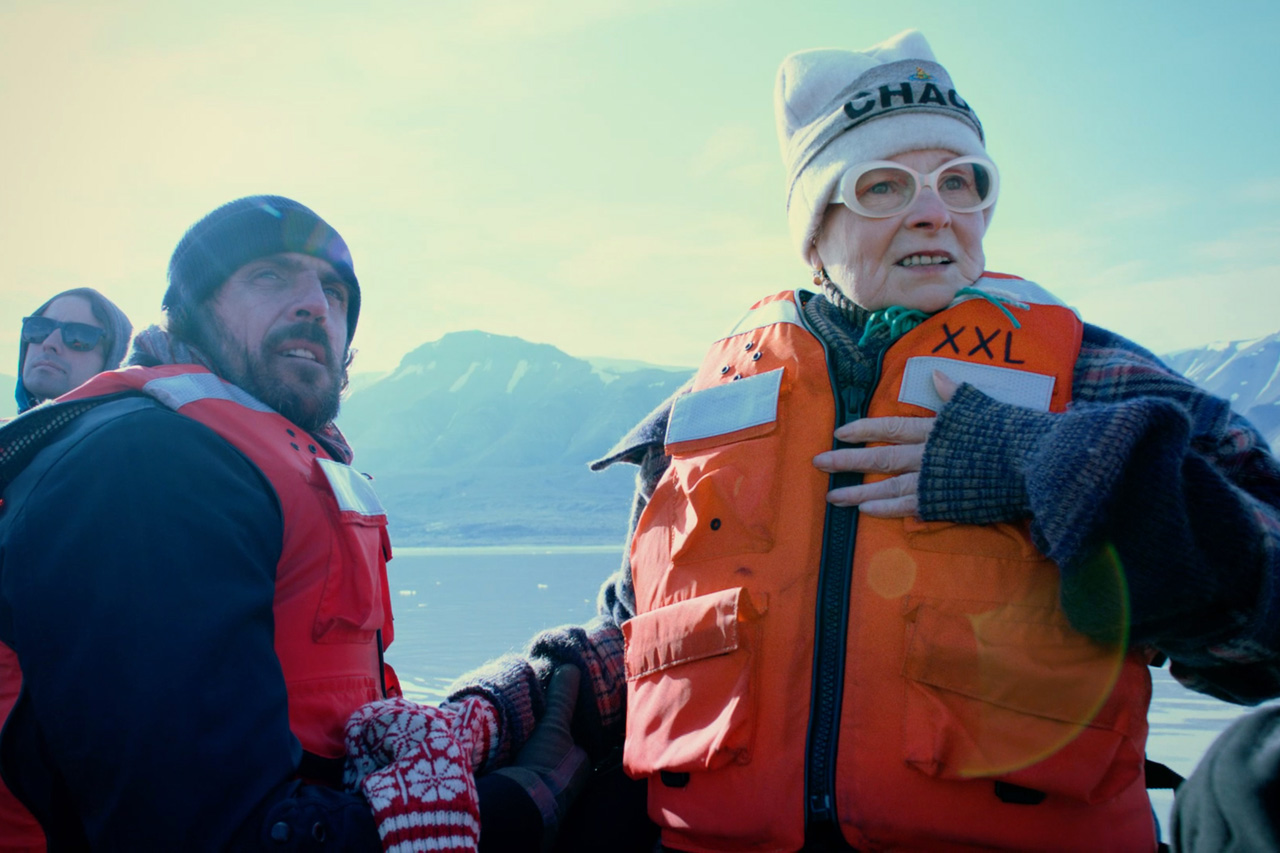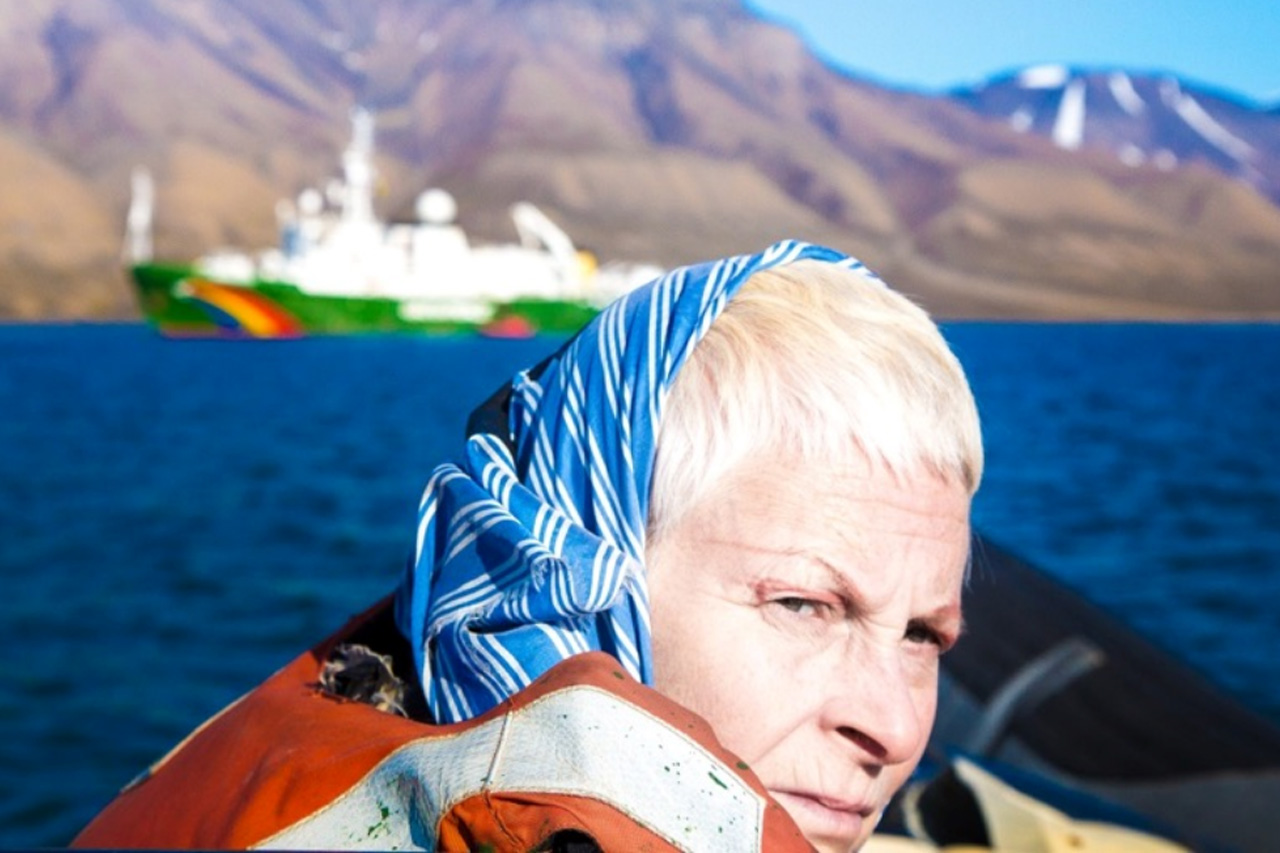News feed
The first time that the filmmaker Lorna Tucker met her muse, the fashion iconoclast Dame Vivienne Westwood, is “a bit of a naughty secret.” Though Tucker spent over three years shadowing the designer in the making of her debut documentary Westwood: Punk, Icon, Activist, she says she never told her the story behind their fleeting first encounter. Tucker, then a teenage a single mother who had been scouted to work as a model – a “terrible model”, mind you – was walking in a charity fashion show, one of the designers participating in which was Westwood. “We all wore these Vivienne creations and walked out on this catwalk and they gave us this perfume, Boudoir – every model had to spray it on the audience,” Tucker recalls, laughing at the memory, over the phone from her home in London. After the show concluded, Tucker hurriedly donned her civilian clothing backstage, perfume still in-hand, “and legged it” – pinching the perfume in the process just as the call was issued demanding all models return their perfume immediately.
“I just remember, as I was running out the door, looking at her and catching her eye and just thinking, ‘Wow, what a beautiful, incredible woman.’ […] The second time I met her, she always looked at me like she recognised me from somewhere, but I don’t think she knew where.”
Years later, in 2008, Tucker and Westwood would meet properly at the invitation of the British trip-hop group Unkle and Queens of the Stone Age, who had asked her to film Westwood performing a rap that the designer had asked the musicians to write for her. Tucker remembers entering the studio, at the time a “cocky girl trying to break into the film industry”, and seeing Westwood walk in as though in slow motion. “She just looked so sexy, and so defiant. She had this long red hair and these platform shoes. I just remember my chin hitting the floor and [thinking], ‘Wow, this is what a woman is.’” That half-day worth of filming, during which time the two conversed about environmental and human rights abuses and the designer took an active interest in the tumultuous personal life of the filmmaker, was enough to inspire Tucker to persevere at filmmaking. It also provoked within Tucker a desire to ask further questions of Westwood – the kinds of questions that have grown into one of the year’s most engrossing fashion documentaries.
Not that Westwood would necessarily agree. From the outset of Westwood: Punk, Icon, Activist, the designer appears to have little interest in participating in a retelling of her life story. “It’s so boring to say all this,” Westwood decries in one of several to-camera set pieces. “I’m totally bored talking about it.” Though Westwood might appear utterly disinterested in rehashing her singular rise from fetishistic punk costume designer through tumultuous relationships and industry derision to emerge as the grand dame of fashion on the other side of an unrivalled career, those moments are telling of the candour and intimacy that Tucker was able to cultivate with her subject and many of those working within Westwood’s inner sanctum. “It’s funny,” Tucker says of those interviews where Westwood appears to have little patience for the documentary process. “That’s who she is, and she doesn’t live in the past. She can’t be bothered, and that’s part of the reason you love her.”
Tucker knew from their first meeting that Westwood would make for the ideal collaborator. The designer’s trenchant brand of activism and the drastic changes occurring within her eponymous label dovetailed perfectly with her own interests. At first, Tucker filmed Westwood for a week, after which time she says the designer finally started to relax in her presence. It wasn’t long before a larger story presented itself, one concerned with the machinations of Westwood’s growing company as being somewhat antithetical to the designer’s soapbox proclivities. Tucker began to broach the subject of a feature documentary slowly with Westwood; at first, she said no, before acquiescing to an initial six month shoot pivoting around the creation of a new collection, while also highlighting Westwood’s personal life and passionate activism. Three years later, Tucker finished filming and hunkered down to edit her findings over most of the following year. “It wasn’t easy,” she concedes. “But if you want to tell an honest story […] you have to just stick around until people forget you’re there.”
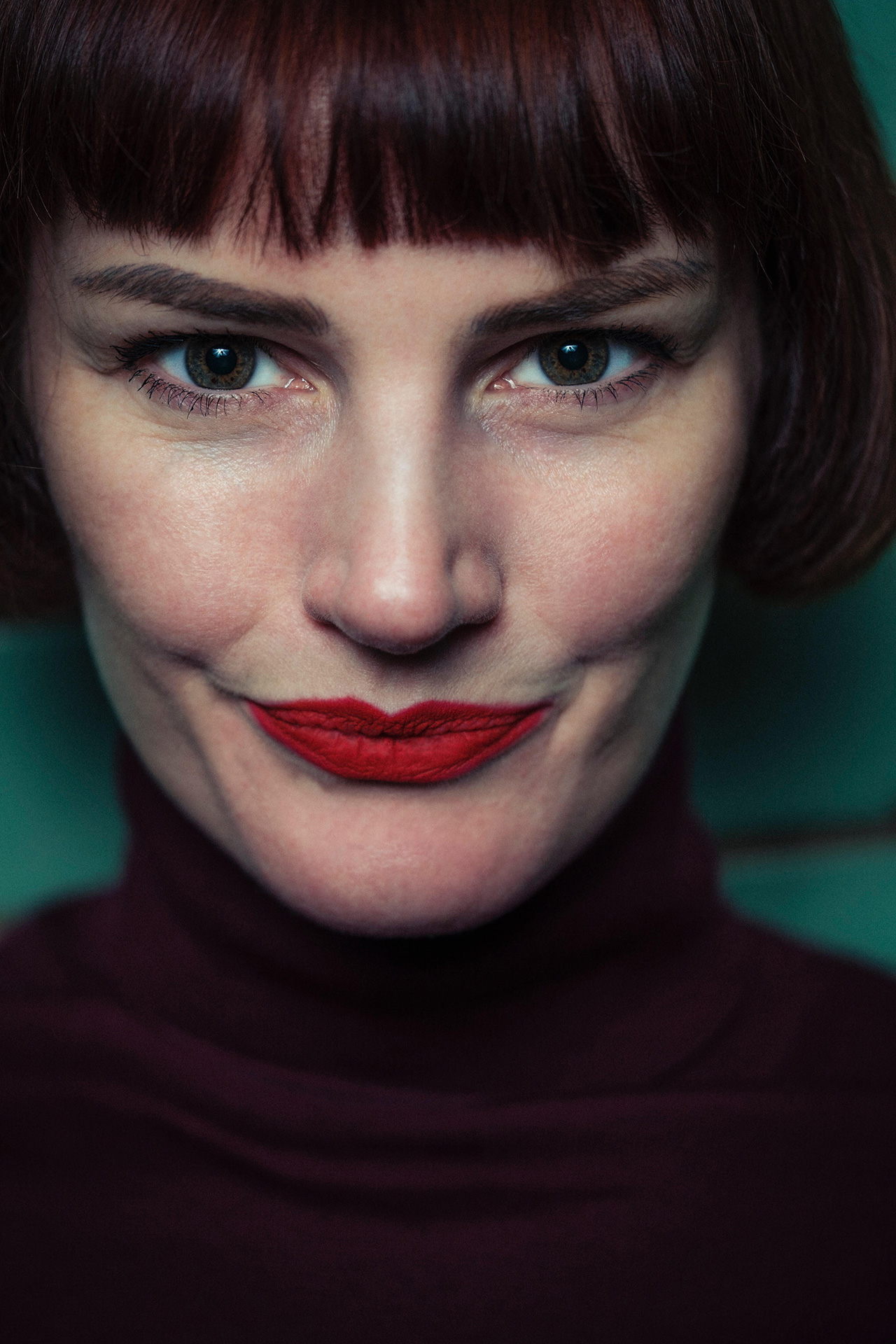
There are moments in Westwood where Tucker’s ease at traversing Westwood’s private world becomes astonishingly evident – moments of intimacy wherein it’s obvious that the filmmaker began to feel as though she was part of the designer’s furniture, as it were. In a quietly moving scene, Tucker films Westwood, now 77-years-old, rising from her bed in her nightclothes; some of the film’s most disarming scenes show the designer and her partner in life and work, Andreas Kronthaler, in the throes of a heated dispute with their staff, their corporate management and each other. “It’s my job to make people like me as quick as possible, let me enter their world as quick as possible, and then forget I’m there as quick as possible. That’s always on my mind,” says Tucker. “They trusted me that I was going to make a film that celebrated Vivienne because I’m a very honest person. I think with that they trusted me but I also think that there was an element that, because I was young, they could manipulate me. So, I think, at first whenever things like [an argument] would happen they [would say], ‘Oh stop, Lorna’s filming’, and I remember a couple of times [hearing people say], ‘Don’t worry, we’ll tell her to take it out if she puts it in.’”
Those moments galvanised Tucker’s resolve to create a film that was entirely her own, no matter how deeply embedded she became in the madcap scenery. That proximity came with its own baggage, she says, revealing that she too became caught up in the politics of the company as well and would have to actively recede into the background so as to remain as removed as possible. Tucker says that once she finished primary shooting, she experienced a kind of shock to the system. What had been her world for so many years soon began to disappear entirely. She had a child in between filming and, Westwood having been such an inspiration, she named her daughter Lola Vivienne. She has learned, however, that that level of familiarity can, unfortunately, breed contempt once the line becomes blurred between the person telling the story and the person whose story it is.
“I’m still very good friends with a lot of the people at Westwood, but when me and Vivienne fell out that was quite hard too,” Tucker says, trailing off. “To have [a subject] really not be happy and not speak to you anymore… Maybe I let myself get too sucked into it, so I was almost shocked and upset when there was a backlash whereas I should’ve just expected it.”
— Vivienne Westwood (@FollowWestwood) January 19, 2018
According to the filmmaker, the backlash arising from Westwood’s camp stems from the creative autonomy that Tucker retained during the editing process. “When I was really happy with the film, I invited Vivienne down and she enjoyed watching it – her and her partner and staff – but she was very vocal in thinking I hadn’t included enough of her activism and, to one degree, thought it would be better if I just had her sitting down telling people what to do.”
Tucker explained to Westwood that the whole film is about her activism, in as much as she has always been a lifelong punk and that neither facet of her identity has been contained to a single time period. Westwood disagreed; it was too subtle, she maintained. Tucker adds that while she agreed with some feedback and amended things that emotionally were not true or inaccurate, “when it came to creative narrative feedback, I didn’t agree and that’s when I had to say that this was my portrait of her and I wasn’t going to turn it into a commercial piece for the brand.”
By that point, they had reached an impasse and the designer withdrew her support of the film, and went as far as to denounce it as “mediocre” on social media on the evening it premiered at the Sundance Film Festival. “I wasn’t expecting her and her sons to try to publicly knock the film or me personally,” says Tucker. “This is the first thing I’ve ever touched where the person that I really admired to make the film that I really felt was honest and also celebrated her was publicly shaming it. I had to realise that Vivienne is a punk and she is unpredictable and that’s why we love her. If she went public to say it was the best film in the world and that everyone should watch it, that would be a bit concerning too.”
It hasn’t all been for naught. The director has learned that, going forward, she has to retain an element of personal distance from her subjects. She also found that, even after all the time they spent together, that Westwood still had the capacity to surprise her – in particular, with the unexpected, softer side to this indomitable creative spirit. “When you see her with children, she’s such a ball of softness,” says Tucker. Then there is also “just how much she cares about the world.
“She cares about her company and desperately wants to make it better. She loses sleep over what is going on in the world and I don’t think I ever realised how deeply she cares about everything she does; the way that she tries to run her company; how much energy she has and how much work she does. The reason I made the film was because I think she is one of the most inspiring people I’ve ever met. She has inspired me endlessly and I’ll always have that.”
Westwood: Punk, Icon, Activist arrives in cinemas from October 18
Tile and cover image: Supplied





